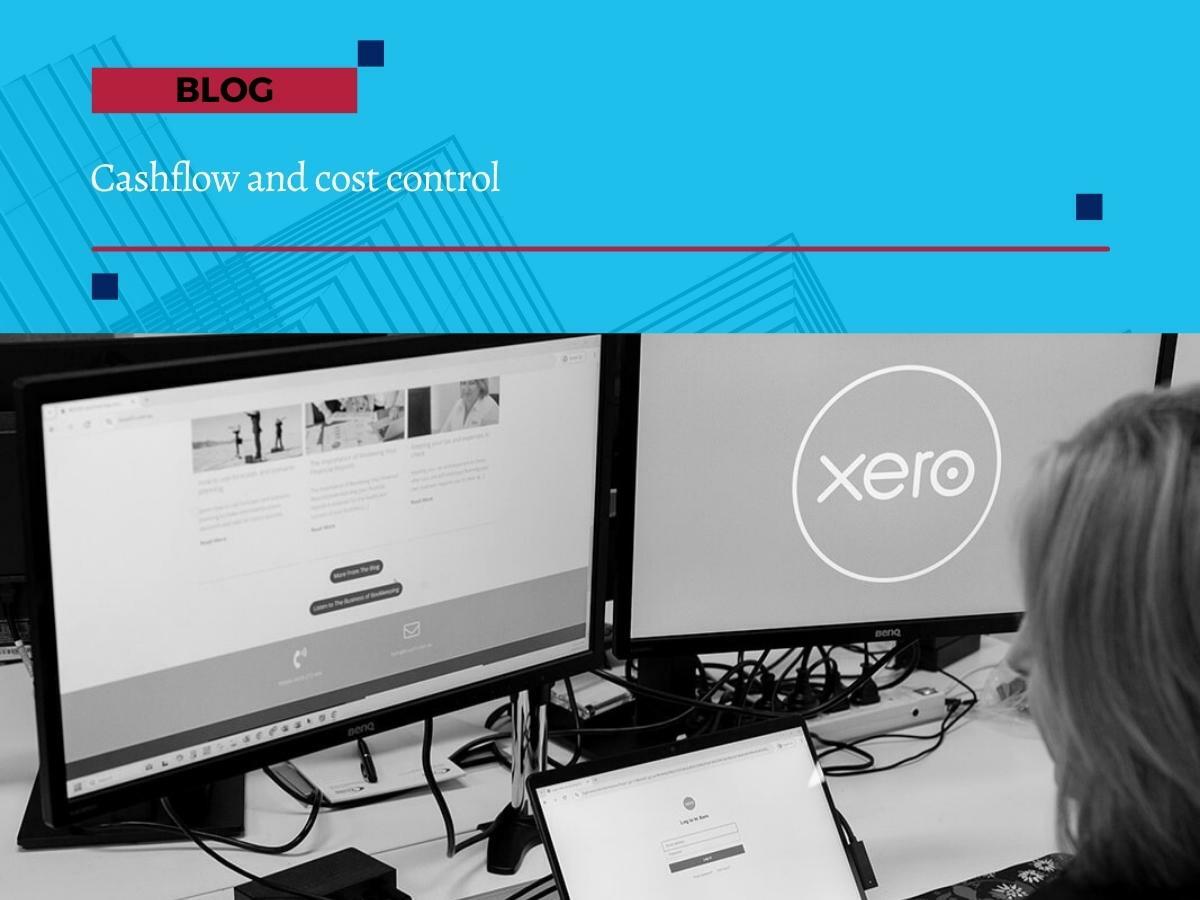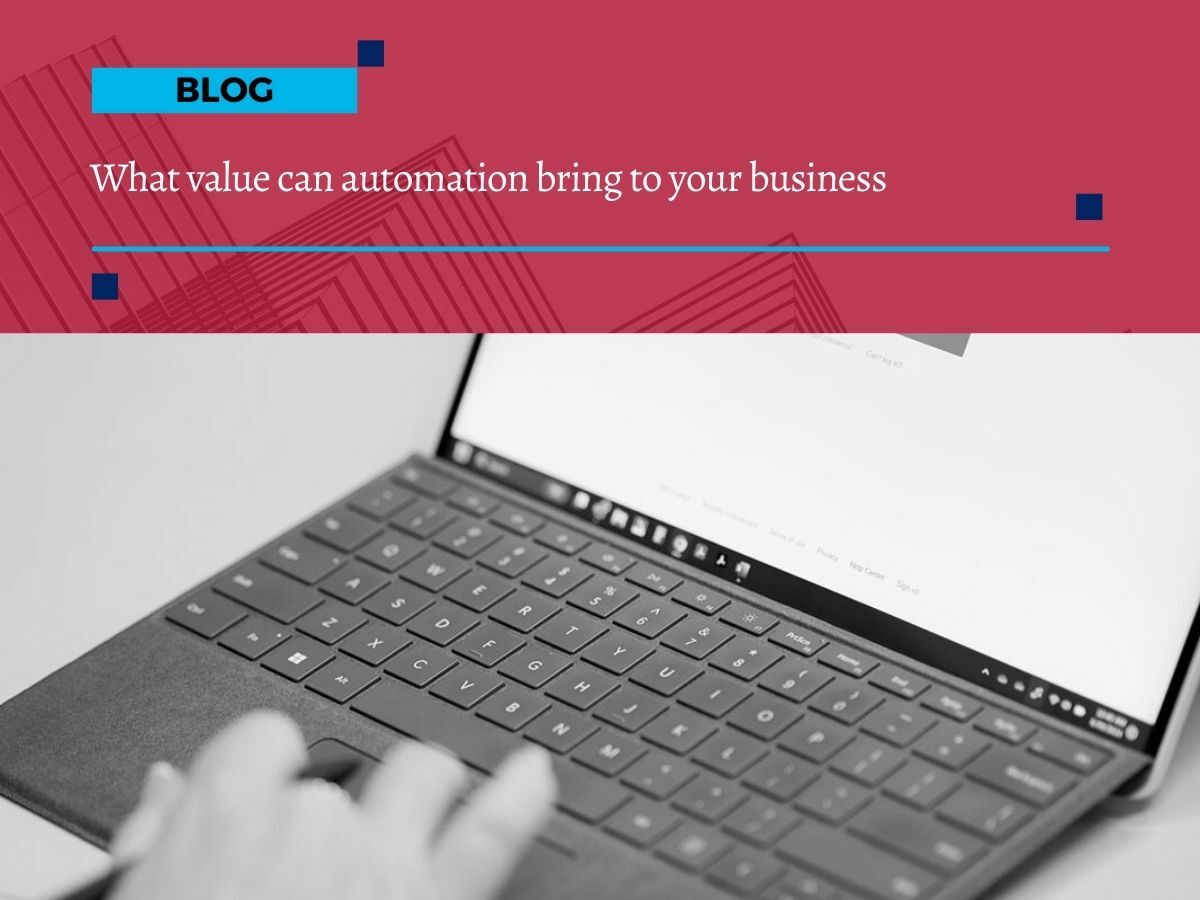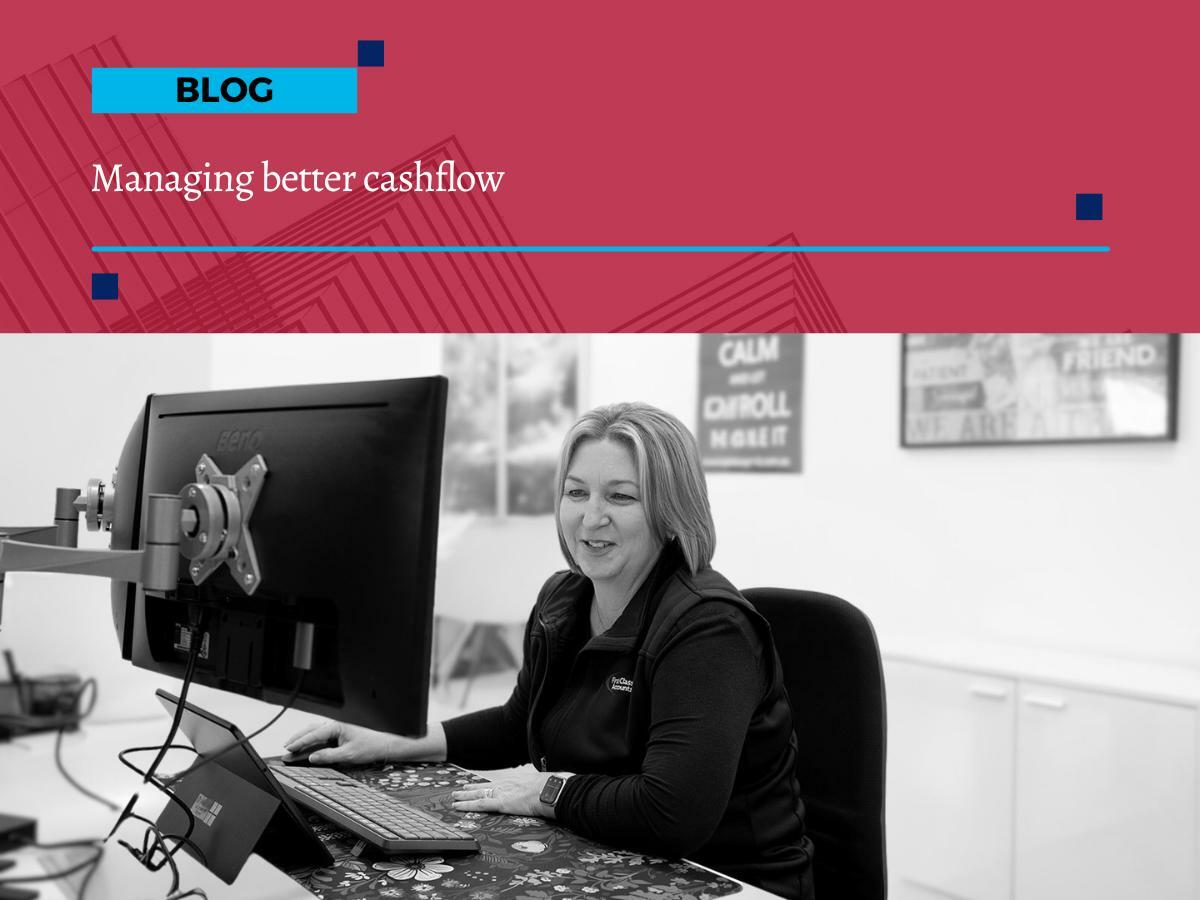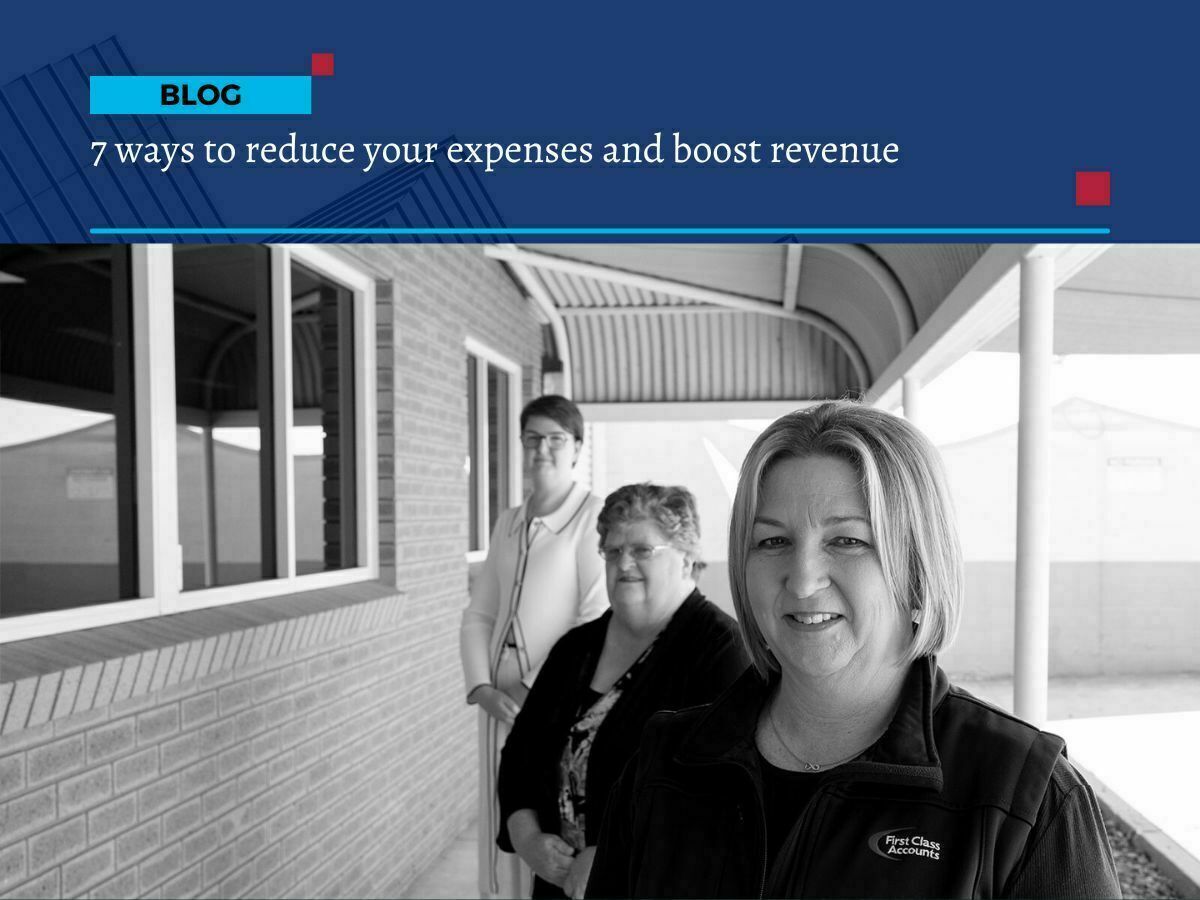
Cashflow and cost control
Cashflow and cost control
More than ever, cashflow is a vital part of staying afloat, whether your business is in recovery or growth mode.
Revenue, profit, and your bottom line are always important, and in 2024, maintaining steady cashflow remains the foundation for keeping your business running smoothly and adapting to challenges as they arise.
Regular cashflow forecasts will help you keep that in focus. Here’s why:
Cost control
If you can't reach your targets for income, reining in your costs may give you a little extra head room to manage cashflow while you plan your next move.
At First Class Accounts Ovens & Murray, our team provides detailed cashflow analysis and forecasting services, ensuring you have a clear picture of your financial position. With actionable insights, we help you identify areas where costs can be reduced without compromising business quality.
Visibility on outgoings
Cost control can be a challenge when it’s hard to pinpoint hidden costs or where established ways of doing things cost more money than they should. You may also have been coping with unexpected expenses, as you’ve adapted your business for unplanned circumstances.
We can your financial systems and processes to identify inefficiencies. Our expertise in management accounting ensures your data is not only accurate but also timely, so you’re never left guessing where your money is going.
Improving business practice
It's more than just keeping an eye on outgoings (though that's important). It's about looking at each aspect of your business and business systems (or the gaps where there should be business systems) to see if poor practice is driving costs up unnecessarily.
Streamlining your processes can drastically improve your cost control. We work with you to implement appropriate apps to improve efficiencies, save time and money, and reduce costly errors.
It can be useful to break it down
You can look at cost centres such as office supplies or freight. Or you can look at what those costs do for your business.
It can help to analyse costs in terms of cost of sale and overheads.
Cost of sale and overheads
Cost of sale (also known as Cost of Goods Sold or CoGS) is how much it costs you to make a sale. In a business which sells products, CoGS is based on the price paid for the product, plus any costs necessary to put the merchandise into inventory and make it ready for sale, including shipping and handling. You can even break it down to calculate the cost of sale of individual units.
Overheads are general business expenses. They can’t be tracked directly to sales. Overheads are what it costs you to open your doors (whether online or actual) every morning.
What’s your plan?
- Reduce unnecessary expenses
Now might be the time to trim every expense that’s not related to your core product or service. - Suppliers
Are you able to work with your providers to ask for discounts or more favourable payment terms on either cost of sale or overhead expenses? - Talk to the team
Analyse your costs and involve your team, including frontline sales staff. - Advertising
It might be a false economy to cut back on advertising, as customers are online looking for bargains and price-checking alternatives. Targeted campaigns might work better. - Prioritise
Can you pinpoint the products most likely to bring the fastest or best return and hold back on products that are a slower sell? - Promote or discount
If you have old or slow-moving stock, can you discount it and convert old stock to cash? If you can attract customers now, you may be able to use it to spotlight your other products.
Making managing cashflow easier
Every dollar you can pull back from your costs can go straight into cashflow. Whether your sales are booming or slow, keeping your costs under control is key to sustaining growth and stability.
At First Class Accounts Ovens & Murray, we understand the importance of managing your cashflow effectively. From cashflow forecasts to systems that streamline your operations, we partner with you to ensure your business has the financial stability it needs.
Want to get a handle on cash flow in your business?
Whether your sales are boom or bust, you want to make sure that your costs aren't holding you back. We can help.
Talk to us if you'd like to review your costs and your systems to keep costs under control. .








